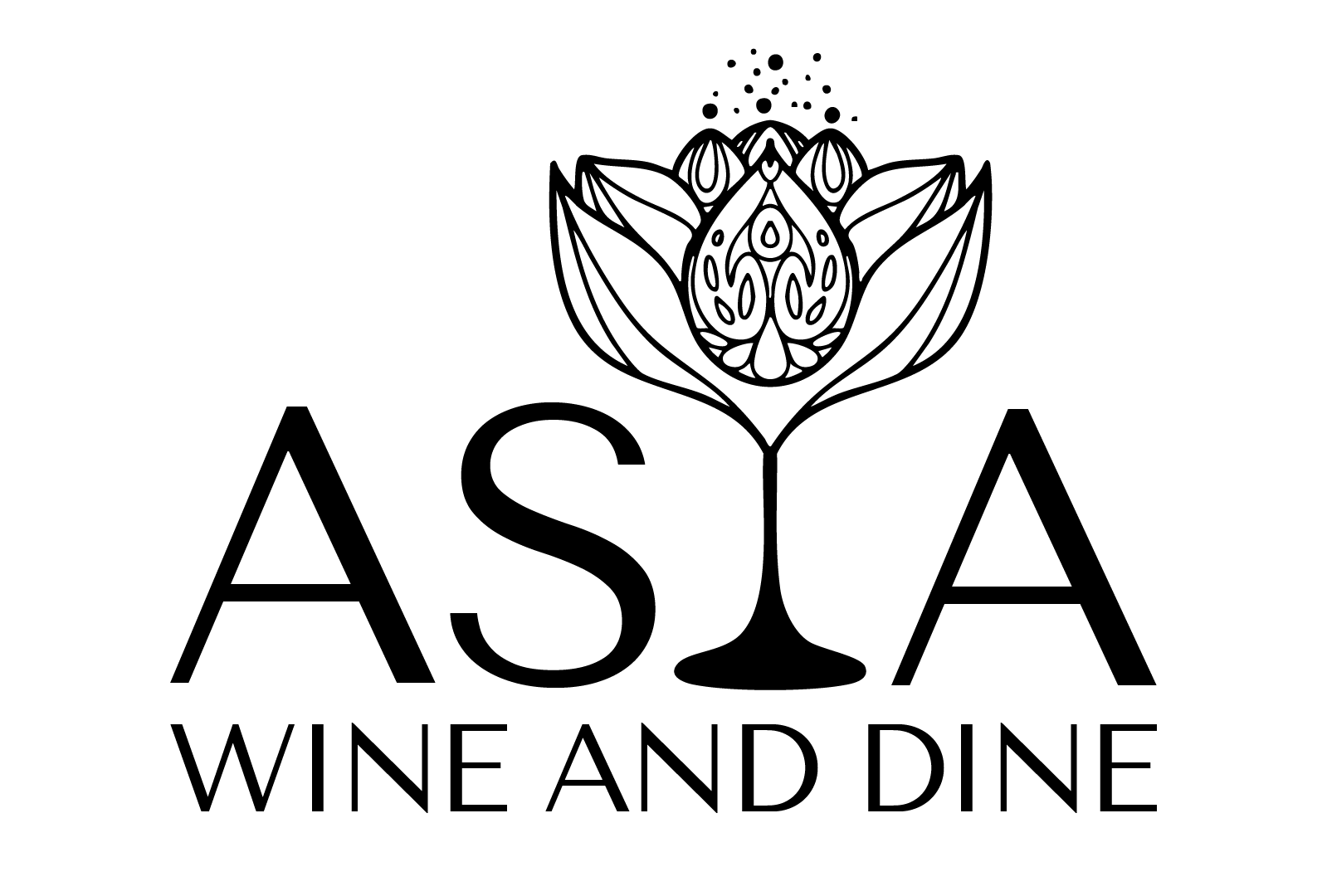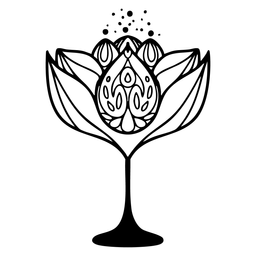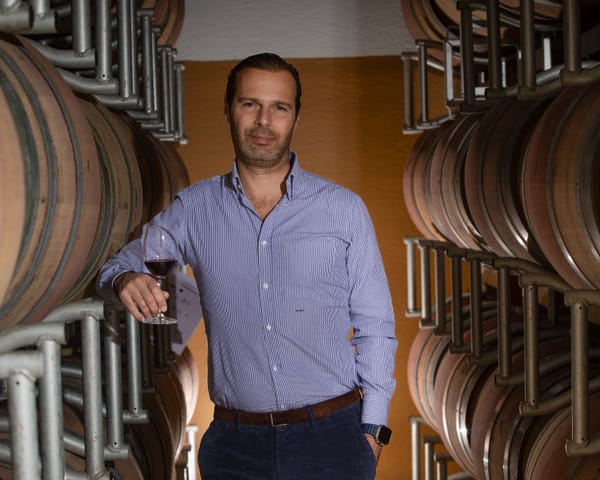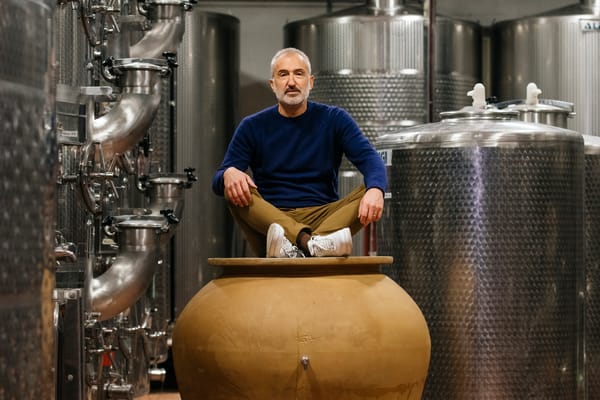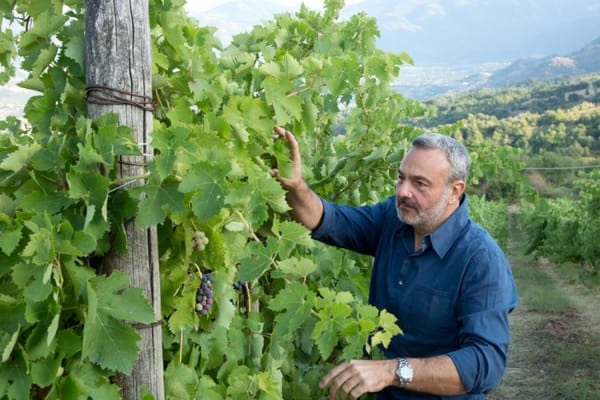Takayama: In the Japanese Alps, Where Sake Is Born
This traditional Japanese rice brew originates from the Land of the Rising Sun’s Alps, boasting a millennia-old tradition.

This traditional Japanese rice brew originates from the Land of the Rising Sun’s Alps, boasting a millennia-old tradition.
Sake: Japan’s Ancient Rice Wine
Sake, known as nihonshu in Japan — meaning "rice wine" — is an iconic alcoholic beverage from the Land of the Rising Sun. Made through a fermentation process involving rice, water, and spores, sake’s production is closer to beer brewing than winemaking. For centuries, it was Japan’s only alcoholic drink until wine was imported and locally produced after the Meiji era.
Sake’s Ancient Origins
Sake production dates back to the 3rd century BC (Jomon period). Rice cultivation became widespread, with a portion of the harvest dedicated to fermentation, creating an intoxicating drink. Over time, brewing techniques evolved, making sake one of Japan’s most beloved beverages today.

Types of Sake
Sake varieties are classified based on ingredients, production methods, and rice polishing rates. The outer layer of the rice grain is unsuitable for fermentation and is removed during polishing.
- Honjozo: Rice polished to retain 70% of the grain, removing the outer 30%.
- Ginjo: Made with rice polished to 60% or less and fermented slowly at low temperatures.
- Daiginjo: A premium ginjo, polished to 50% or less.
- Junmai: Brewed without added alcohol, using only rice, water, yeast, and rice malt (koji). The term "junmai" can also pair with ginjo and daiginjo.
- Namazake: Unpasteurized sake.
- Nigorizake: Coarsely filtered sake with a cloudy appearance and creamy texture.
- Shiboritate: Freshly pressed sake without aging.
Where to Drink Sake
Sake can be enjoyed everywhere — from bars to upscale restaurants. Most places serving alcohol in Japan offer sake. Sake enthusiasts can find specialized bars and izakaya (Japanese pubs) with extensive selections and knowledgeable staff. For take-home bottles, popular brands are available in convenience stores and supermarkets, while liquor stores, department stores, and sake specialty shops offer more variety.
When to Drink Sake
In Japan, sake is mainly enjoyed during appetizers or dinners at izakaya. It’s also a staple at celebratory events and weddings, often served as part of a ritual symbolizing family unity. It’s traditionally poured from small ceramic flasks (tokkuri) into cups (choko).
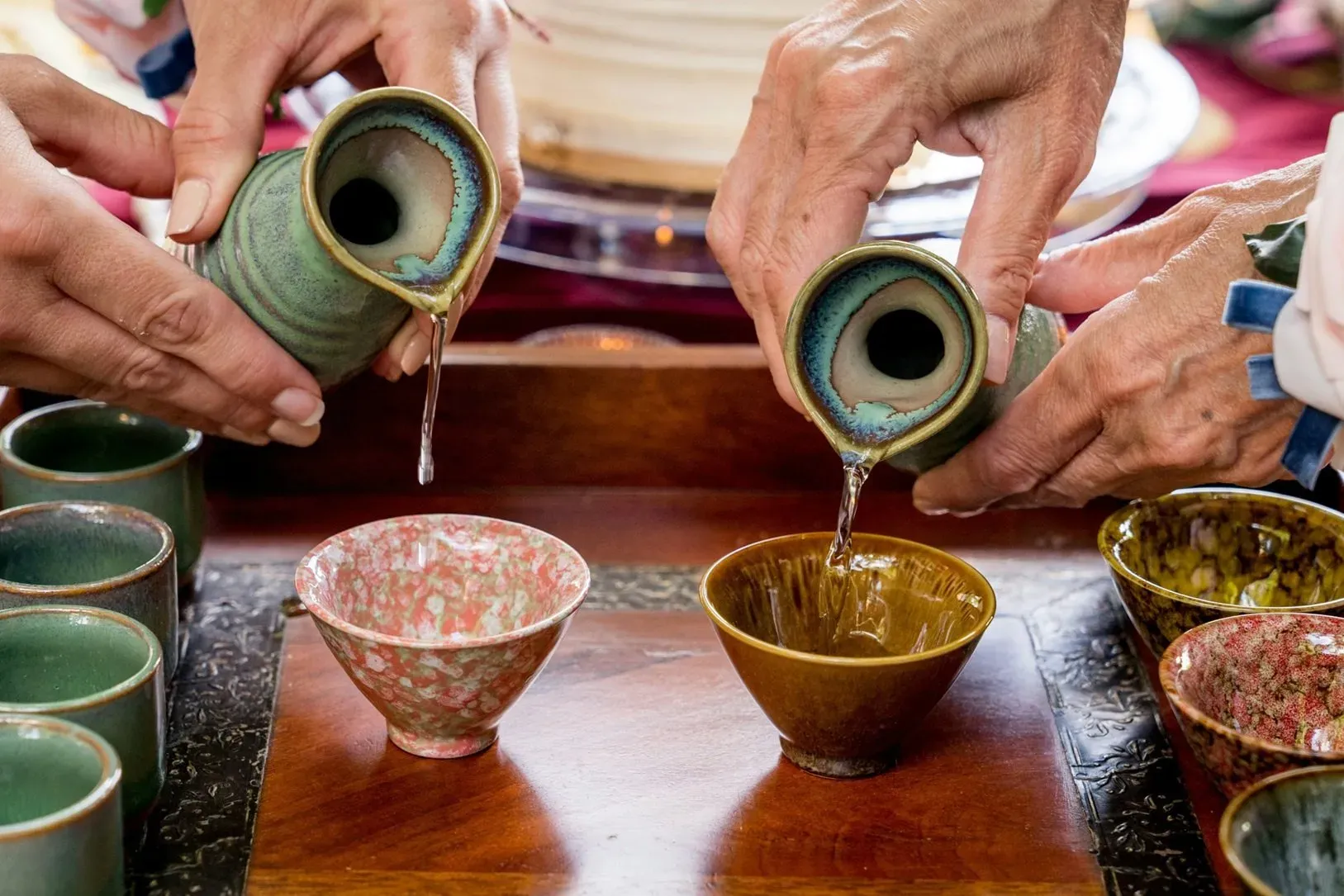
How to Drink Sake
Sake can be savored at any temperature, depending on the type, personal preference, and season.
- Cold sake (reishu) is ideal for hot summer months.
- Warm sake (atsukan) is better suited for winter.
Takayama: The Sake Capital
Nestled in the natural beauty of Japan’s Alps, Takayama is home to seven sake breweries — each over a century old. During the Edo period, there were as many as 56 breweries.
Sake production in Takayama traces back to the rice tributes received by wealthy merchants (danna-shu), who began brewing with the excess rice. In the past, rice wasn’t just a food staple but also a valuable trading commodity. Merchants would sell rice when prices were high and brew sake when prices dropped too low for profit.
Today, the seven remaining breweries stand close together on the same street, marked by cedar balls hanging above their doors and sake barrels at the entrances — easy to spot for curious visitors.
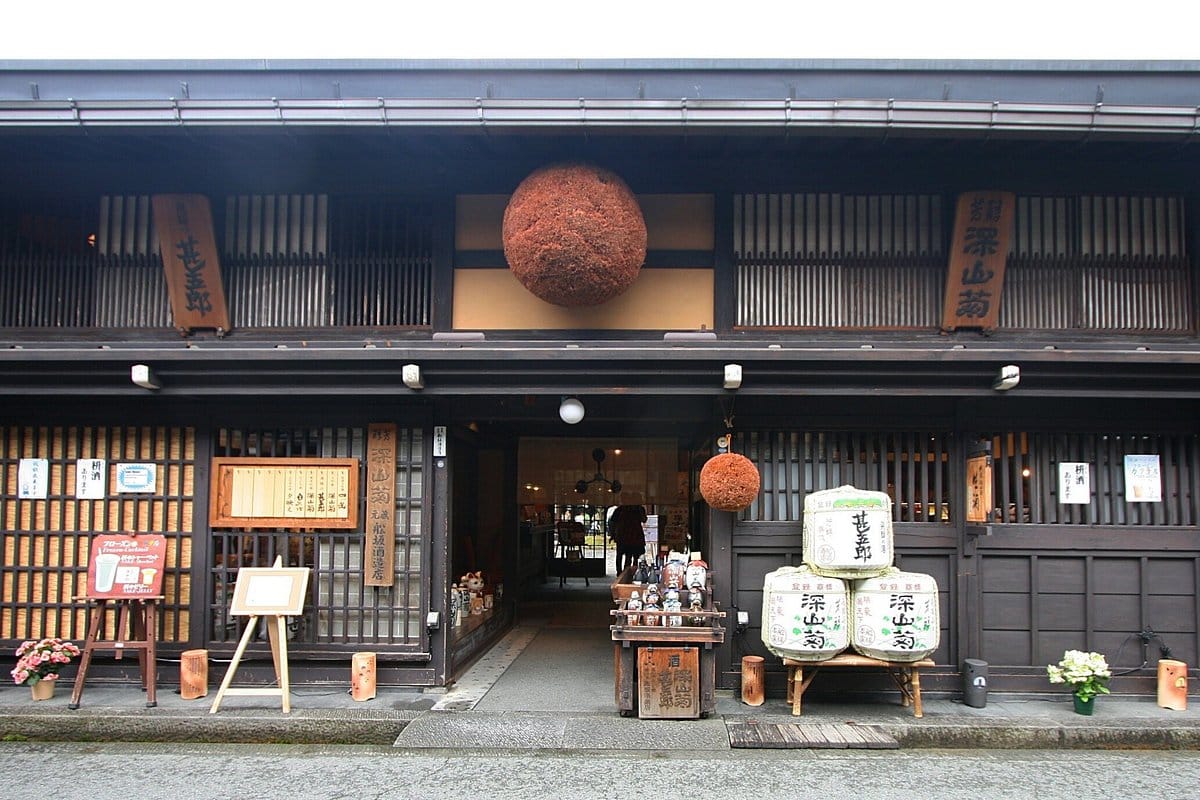
Takayama’s Famous Sake Breweries
- Harada Brewery: Known for its dry, sharp profile, preserving the rice’s umami and sweetness. Visitors can sample over ten types of sake and keep the cup as a souvenir.
- Funasaka Brewery: Located in a commercial district, it offers a variety of products, including plum and Yuzu citrus liquors, sake-based candies, and cosmetics. Renovated old buildings now house a Hida beef restaurant and sake bar.
- Hirase Brewery: Takayama’s oldest brewery, around 400 years old. Its renowned brand, Kusudama, symbolizes festive good fortune — ideal for celebrations and festivals.
- Kawashiri Brewery: Specializes in long-aged sake, extending the fermentation process for unique flavors. It's the only maturation-focused brewery in the Hida region.
- Niki Brewery: Established in 1695, featuring a well at its center still used for fermentation. Its Tamanoi brand is named after this well and remains Hida’s only ginjo brewery.
- Hirata Brewery: Founded in 1895, now producing three unique brands — Hiro, Tagayama, and Shoryu no Mai — each using different rice for distinct flavors. It also makes a sweet, mature sake called Suiou.
- Oita Brewery: Famous for Onikoroshi ("demon-slaying sake"), a sharp, dry sake brewed since the early 1700s.
Sake for Gourmet Lovers
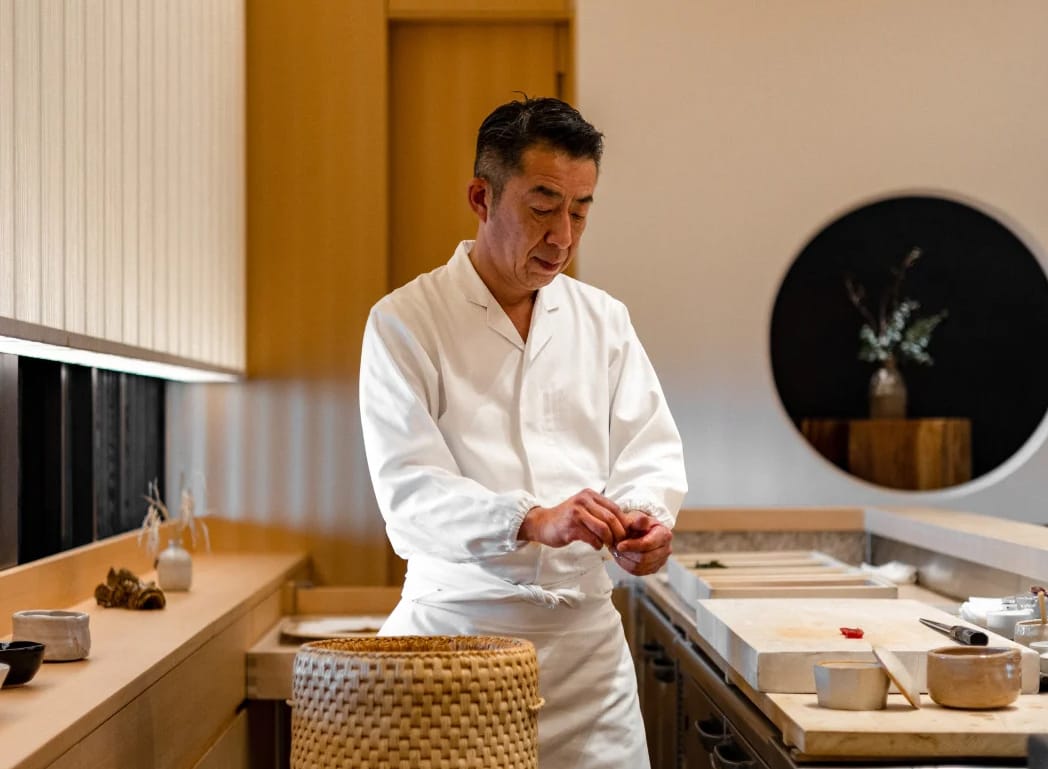
Chef Musashi, since 2020, has been cultivating rice from his estate in Yamanashi Prefecture. This rice goes into his original sake and artisanal liquors. His signature Musashi Sake, exclusively available at his Tokyo restaurant within the Aman Hotel, pairs naturally with his sushi dishes.
In 2023, he introduced Craft Spirit Musashi, distilled from his sake and infused with Yuzu, delivering a refreshing citrus taste with premium ginjo aroma.
Another noteworthy choice is Masuizumi Black Label Sake, especially the 2024 vintage, favored by Michelin-starred Chef Luca Fantin. This sake boasts a delicate taste without the harsh mold aroma, complementing the Italian-Japanese fusion cuisine at his restaurant in the Bulgari Hotel, Ginza.

